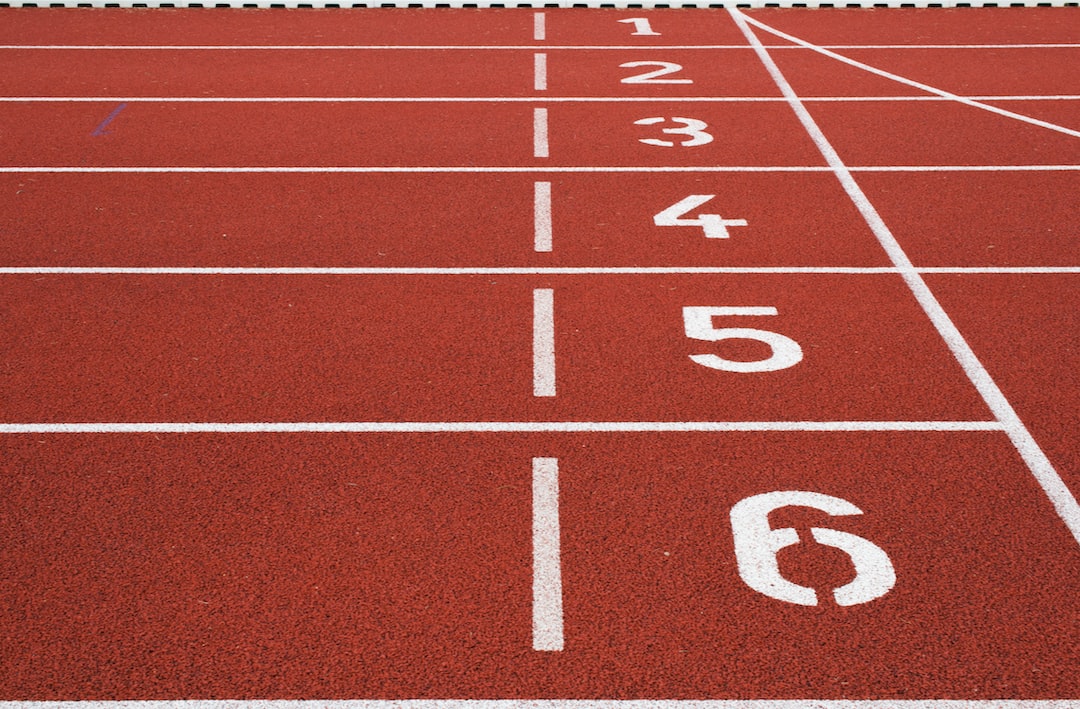Having good balance is essential for any sports activity but it is especially important for skiing and snowboarding. These snow sports require great balance in order to achieve smooth movements whilst on the slope. Poor balance can not only result in bad performance but also lead to injuries. Fortunately, there are ways to improve your balance and enhance your skills in these adrenaline-fueled activities. Here are helpful tips for improving your balance in sports such as skiing or snowboarding.
1. Take time to stretch before starting
Stretching is an important part of any physical activity. It helps to warm up the muscles and increase blood flow to the limbs. A good stretch can also help to improve flexibility which is ideal for sports that require body movement. Stretching before skiing or snowboarding can improve your balance by preparing the body for the upcoming physical activity.
2. Focus on your core strength
Your core muscles provide support and stability to the whole body, making it a fundamental aspect of balance in skiing and snowboarding. Engage your core muscles by doing exercises such as planks, crunches, and leg raises regularly. With strong core muscles, your balance on the snow will improve while also preventing back injuries.
3. Practice balancing on one leg
Balancing on one leg is one of the simplest ways to improve your balance for skiing and snowboarding. Stand with one leg and maintain balance for as long as you can, switch legs and repeat. Over time, you can do this for extended periods to challenge yourself.
4. Do balance exercises on unstable surfaces
Balance exercises on unstable surfaces such as a wobble board or Bosu ball is an excellent way to train your body to adjust to different terrain conditions. These exercises engage the stabilizing muscles of the legs, core, and back. They also automatically improve your balance by increasing proprioception, the ability to sense the body’s position in space.
5. Watch your stance and posture
Proper stance and posture also play a vital role in maintaining balance. Ensure that the knees are flexed, hips are forward, and the upper body is upright, with the shoulders relaxed down. Keep your center of gravity between your feet, this will enhance stability and balance on the snow.
6. Practice regularly
Practice makes perfect. Regularly skiing or snowboarding sessions are beneficial for improving balance. Repetition of movements in sports can help the body develop muscle memory. The more your body adapts to the movements of skiing or snowboarding, the easier it will be to achieve balance on the slopes.
Balance is the key to enjoying the thrill of skiing or snowboarding. It’s not enough to rely on gear like helmets and protective gear while on the slopes. Developing strong core muscles and practicing balancing exercises on unstable surfaces will improve your balance and make you more agile on the snow. With time and regular practice, you can overcome balance challenges and achieve the balance you need on the slopes.

